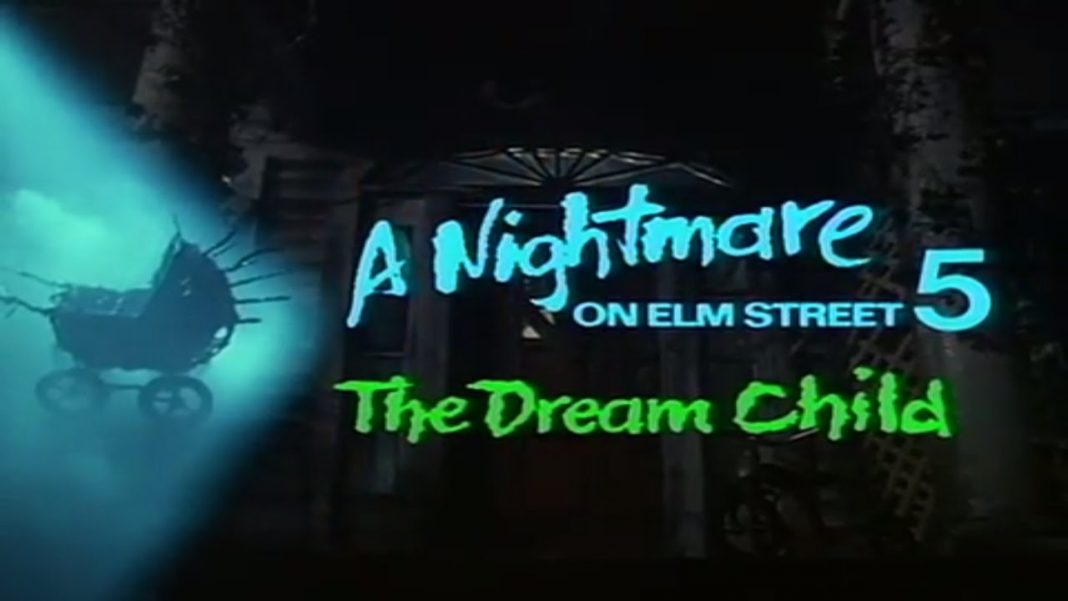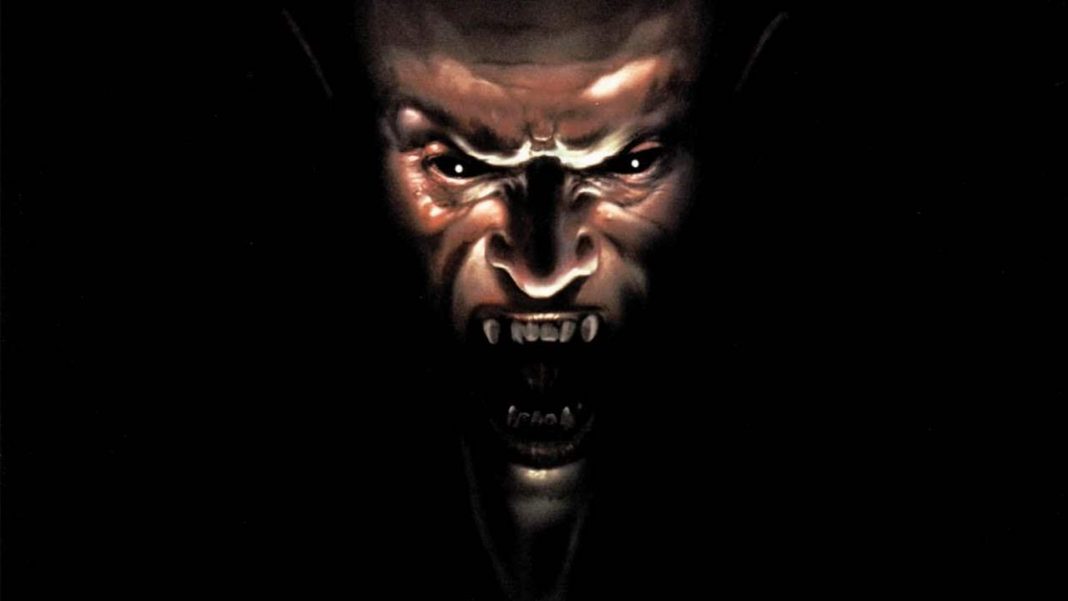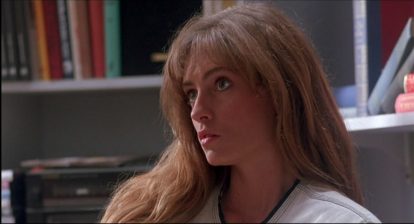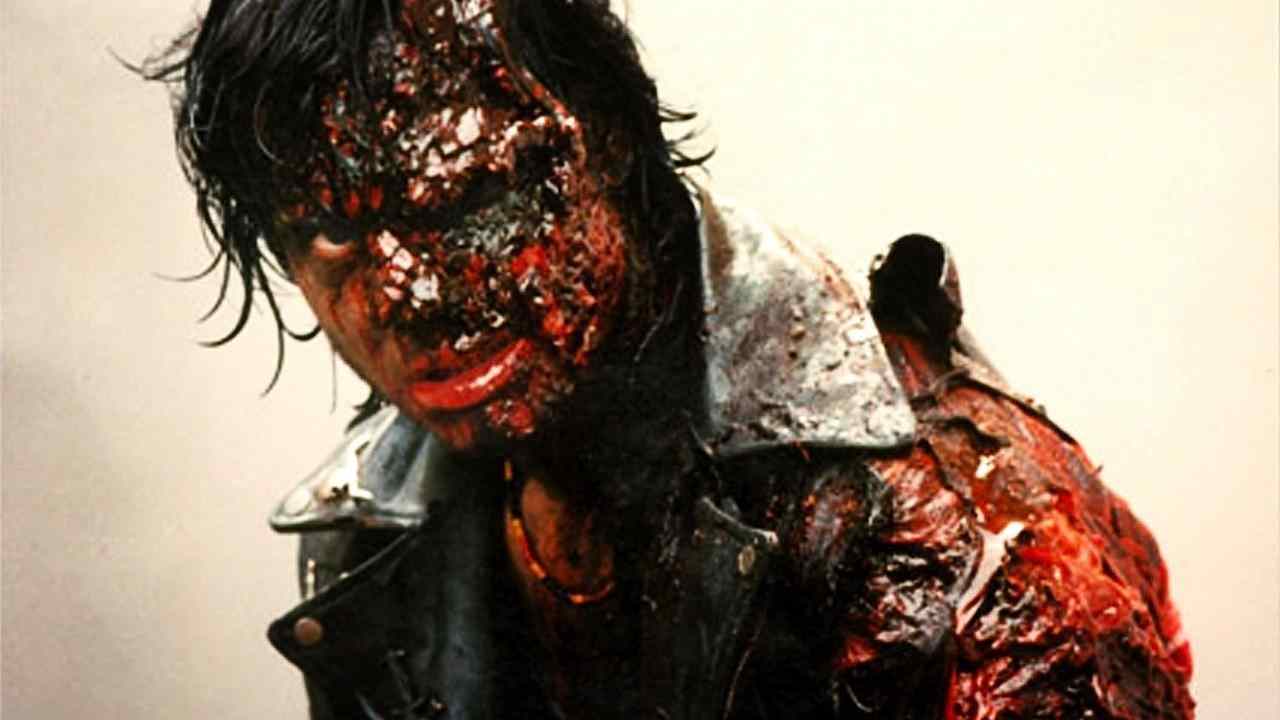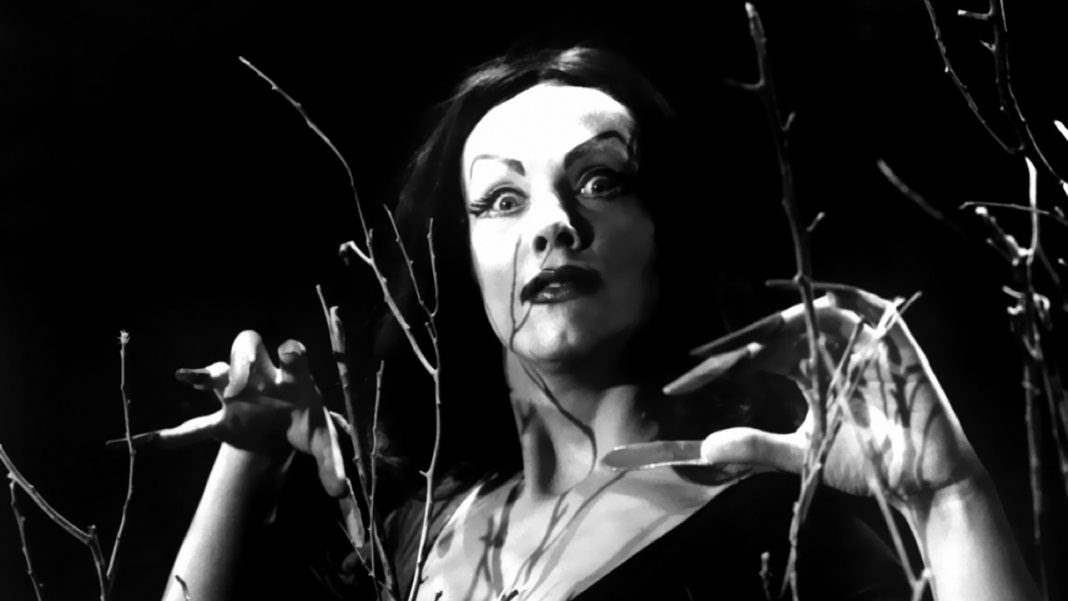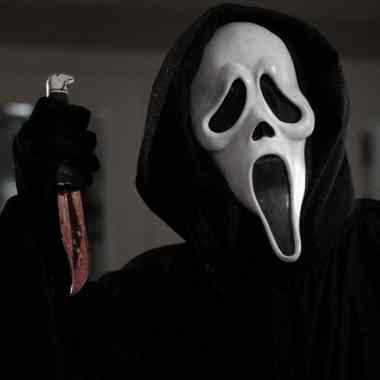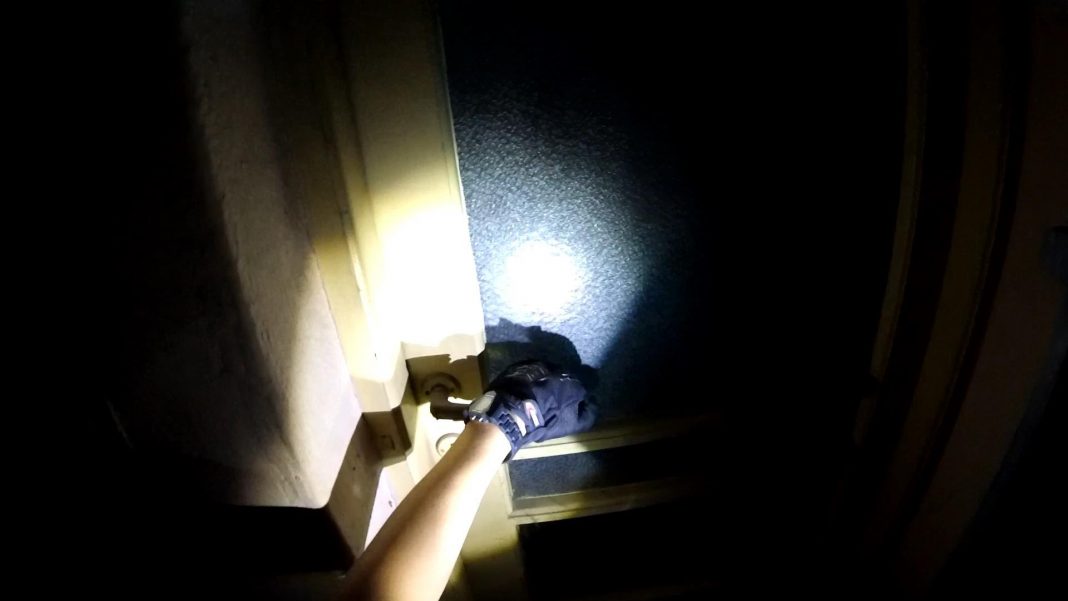The Nightmare on Elm Street franchise remains, to this day, one of the most acclaimed of all time. Unlike contemporaries like Friday the 13th and Halloween, every Elm Street sequel would at least pull in a couple of good reviews from some of the major outlets. A lot of fans roll their eyes at the out-and-out comedic tone of The Dream Master, but it won over some critics and is still the highest-grossing solo entry in the series. Part of the lasting appeal, I think, is that it has an icon. Freddy is a more prominent figure and literally a more colorful character than Michael Myers or Jason Voorhees.
The end of the 1980’s was the height of Freddy Mania. The first film was released in 1984 and took some time to spread via word of mouth and find an audience. But people were immediately drawn to this character. Then you had Freddy’s Revenge the very next year, which was a bigger hit but didn’t give audiences quite as much of the character as they had expected. Dream Warriors really hit big, though, leading The Dream Master to be even bigger, mostly just on the fact that it was still riding the previous film’s success.
The Dream Child came along at a difficult time. Freddy was completely overexposed at that point. His face was all over everything and he had a TV series airing every single week. Freddy Krueger was simply impossible to avoid. It was no small task to try to take the franchise back to its darker roots when its villain’s face was on Yo-Yo’s and matchbox cars.
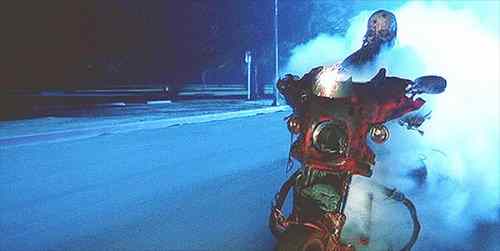 As a result, Dream Child is kind of a mess and definitely the least effective and least impactful of its franchise. It’s a shame, too, because there are really strong ideas within it that could have elevated the overall film had they been explored. The core concept, strange as it might be, is very interesting. The idea that Freddy is trying to return by coming back through the dreams of an unborn baby is genius and offers up the potential for a lot of strong storytelling and surrealist visuals. It also sets a stage for this to be the Nightmare on Elm Street that tackles the subject of abortion, which is something that it shockingly doesn’t really do all that much.
As a result, Dream Child is kind of a mess and definitely the least effective and least impactful of its franchise. It’s a shame, too, because there are really strong ideas within it that could have elevated the overall film had they been explored. The core concept, strange as it might be, is very interesting. The idea that Freddy is trying to return by coming back through the dreams of an unborn baby is genius and offers up the potential for a lot of strong storytelling and surrealist visuals. It also sets a stage for this to be the Nightmare on Elm Street that tackles the subject of abortion, which is something that it shockingly doesn’t really do all that much.
There’s a single scene that actually brings up and deals with the subject of abortion, but it is in the middle of another scene and almost feels like it’s bogging the movie down. Horror is such a strong place and platform to talk about these issues that it feels like a missed opportunity in that regard.
But it’s barely noticeable beside the movie’s greatest issue, which is tone. The Dream Child has a bigger problem with this than any other Elm Street film. Both The Dream Master and Freddy’s Dead, which round out the trilogy of “Funny Freddy” entries, know exactly what they are and embrace that. But this feature feels like it is constantly being pulled in two directions. It’s trying to be a dark, serious and visually interesting entry and at the same time is trying to cater to the pop-culture icon that Freddy had already become by that time.
What it leaves us with is a film where the sets are dark and gothic, the characters are the most morose and brooding batch of Springwood teens we had seen to date, and yet Freddy is the jovial clown he had become by that point. It’s a bad sign when Freddy Krueger feels out of place in his own movie, but that’s exactly what The Dream Child boils down to. The deaths are some of the most absurd we have ever seen, with only one of them really playing into any of the characters’ inherent fears. The comic book sequence is a treat, visually, but feels bizarre when matched up with some of the gothic set pieces and the M.C. Escher-esque finale.
In terms of both the visuals and the overall character arc, Dream Child looks like it wants to be a much darker film than it is. And it’s unclear if this is something that director Stephen Hopkins wanted to explore more of or if this tonal imbalance is an accident that went genuinely unnoticed.
There are also some strange choices with Freddy’s makeup design. Overall, the effects in Dream Child are phenomenal. There’s a transformative aspect to each of the deaths that almost pushes it into body horror territory and that’s one of my favorite things about this as a sequel and a horror film in general. But Freddy himself looks strange, there’s really no other way to say it.
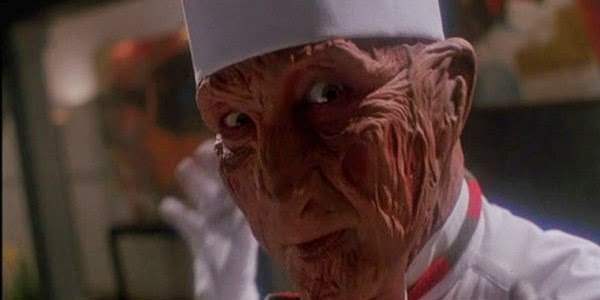 This was the first sequel in the series without Kevin Yagher doing the Freddy makeup, which is more jarring than you might think. I can only imagine what it was like at the time. Yagher’s designs from 2, 3 and 4 were all over everything, they established the look of Freddy that became the brand. That version of the makeup was plastered all over everything and it still is today. If you go into Spirit Halloween, you’re going to see a promo shot from one of those three entries over all of the Elm Street merchandise you find.
This was the first sequel in the series without Kevin Yagher doing the Freddy makeup, which is more jarring than you might think. I can only imagine what it was like at the time. Yagher’s designs from 2, 3 and 4 were all over everything, they established the look of Freddy that became the brand. That version of the makeup was plastered all over everything and it still is today. If you go into Spirit Halloween, you’re going to see a promo shot from one of those three entries over all of the Elm Street merchandise you find.
Sure, Dream Child brought back David Miller, who had done the makeup for the original, which you would think would be a good thing. But as much as I love the visual design of Freddy in the first movie—it’s one of my personal favorite looks for the character—it’s not the icon that everybody knows and loves. There were also changes made to it to give it more of an older, menacing appearance. Freddy was designed to be sort of a dirty old man in this one, which is interesting in theory but makes no sense in practice because why would this dream demon want to perpetually look older for some reason? He’s dead. He’s not aging.
There are definite pluses to A Nightmare on Elm Street 5: The Dream Child. The production design is gorgeous. Lisa Wilcox gives a solid performance. It was one of the first horror sequels to have a strong-willed, surviving black woman. But there are some glaring problems, problems that could have been fixed if the studio had taken a little more time, and problems that keep it from being a near-perfect sequel like Dream Warriors or even simply as entertaining as Freddy’s Dead.
